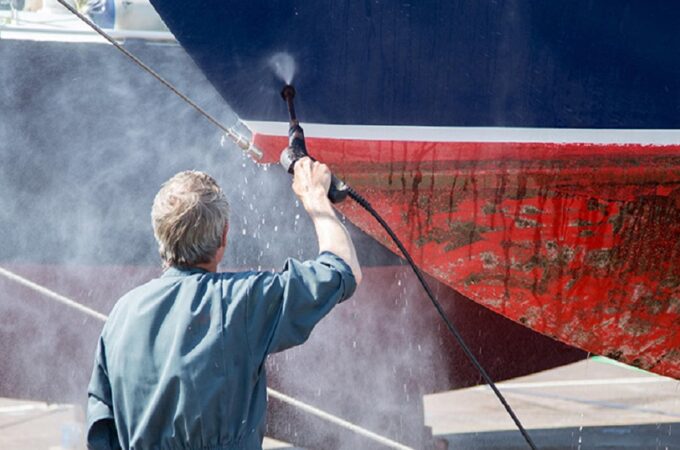
What’s the Difference Between a HR Consultant and a Health and Safety Consultant?
There are a lot of people that make up a business, regardless of industry or niche. Two of these are HR consultants and health and safety consultants, both of which are key parts of any business. Though they are both consultants, and both focus on different aspects of workplace management and employee wellbeing, they have different roles and responsibilities.
Why Does a HR Consultant Do?
The role and responsibility of a HR consultant varies hugely, depending on what the business needs. They help with recruitment, employee selection and onboarding, and staff retention. They create job descriptions, facilitate interviews and manage hiring processes. With a HR consultant, the hiring process would be a lot more complicated. HR consultants also address employee grievances, negotiate disputes and ensure positive workplace relationships.
They are also heavily involved in employee compensation and benefits, and a HR consultant is usually the person who designs and implements compensation structures, benefits packages and incentive programs at work. This extends to include employee training and development, helping individuals to enhance their skills and grow professionally.
Depending on the industry, HR consultants sometimes find themselves creating and updating policies, ensuring workplace procedures align with industry practices, and ensuring that the business meets all of its legal requirements. They ensure the business complies with employment laws and regulations. Though HR training covers a lot of what a human resources professional does, the full scope of the work changes from business to business.
Health and Safety Consultant
A health and safety consultant has a different role than a HR consultant, but the work of a health and safety consultant is equally focused on managing specific aspects of the business and ensuring employee wellbeing. One of their main responsibilities is conducting risk assessments to identify potential hazards. By analysing the workplace environment, they pinpoint risks and recommend ways to prevent accidents and injuries.
Compliance with health and safety regulations is another key responsibility for consultants. They ensure that the business adheres to relevant standards and regulations, which helps to avoid legal issues and promote a safe working environment. To support this, health and safety consultants provide training on workplace safety, emergency procedures and proper equipment usage, giving employees the knowledge needed to stay safe.
Developing and implementing health and safety policies, manual and emergency response plans is also within their remit. These documents provide a framework for maintaining safety standards, making sure that all employees can respond effectively to emergencies. No two businesses are alike, and so these policies are created on an individual basis. For example, health and safety for schools is likely to be very different to health and safety in a corporate office, and manuals will reflect this.
It’s also the job of a health and safety consultant to create a culture of safety within a business. By encouraging employees to prioritise safety and report hazards, they help to foster an environment where safety is a shared responsibility .




